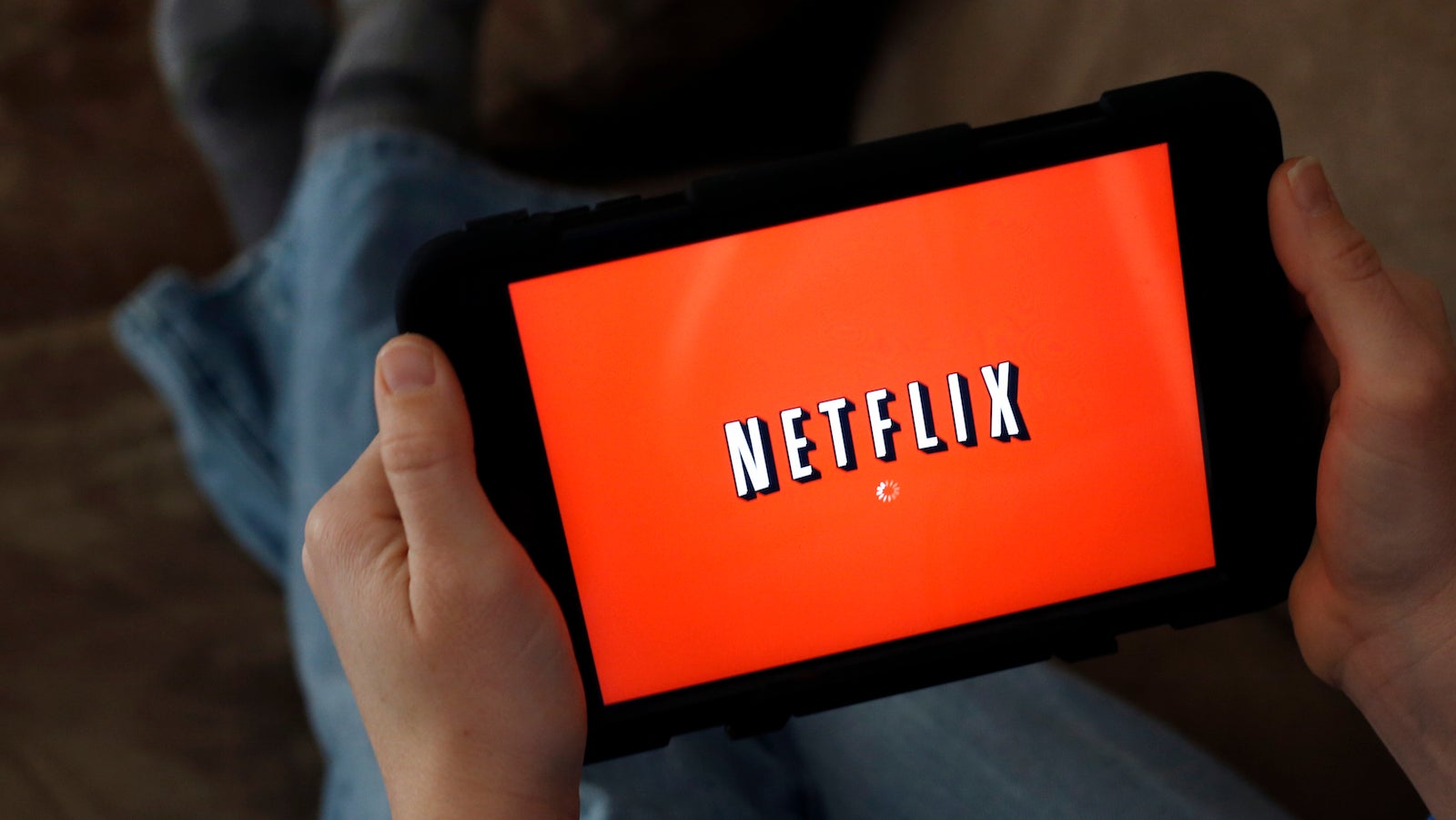Netflix shares are tanking after the company’s bad miss on second-quarter subscriber growth
Netflix had a huge miss in US subscriber growth for the second quarter, and chalked up the poor results to a misunderstanding over a recent price hike.


Netflix had a huge miss in US subscriber growth for the second quarter, and chalked up the poor results to a misunderstanding over a recent price hike.
The streaming service added just 160,000 subscribers in the US, against its own forecast of half a million, the company said in a letter to shareholders (pdf). It added 1.5 million international subscribers, against a 2 million forecast, bringing its overall subscriber total to 83 million. Investors were hoping for more—the stock dropped as much as 15% in after-hours trading.
“We are growing, but not as fast as we would like or have been,” CEO Reed Hastings wrote in the letter. One reason cited by the company: confusion over who would be subjected to Netflix’s latest set of price increases.
Back in 2014, Netflix raises prices for new members on its standard monthly plan, but existing members had their prices locked in for another two years, after which they would be subjected to the going rate. According to Netflix, when the media reminded people that the grandfathered rate was about to expire, customers who weren’t in line for the price hike got confused and in some cases canceled their subscriptions.
“We think some members perceived the news as an impending new price increase rather than the completion of two years of grandfathering,” the company said in its letter.
What Netflix didn’t blame for the slow growth in subscribers last quarter was just as notable. The company said that the rise in popularity of rival streaming services, like Amazon Video and Hulu, “did not contribute materially” to the subscribers miss.
Nor does it seem that the bad news was the result of market saturation. (Netflix cited similarly weak performances in other countries as proof that it hasn’t saturated the US market.)
Whatever the reason, this was Netflix’s fourth straight miss on US subscriber estimates. When the company reported fewer subscriber additions in the third quarter of 2015, it blamed the switch to chip-based cards for the “involuntary churn”—that is, people whose accounts expired because they didn’t update their billing credentials with their new chip-and-PIN credit or debit cards.
Netflix might say that the American market isn’t saturated, but the onus is now on the company to prove it. With the streaming service now expanded into virtually every country on Earth, and international subscriber growth not exactly booming either, Netflix has some work to do to maintain its steely worldwide reputation. Despite the setbacks, Netflix remains bullish that it can attain close to 90 million members in the US. After today, it has about 47 million.
Still, the company predicts more ”ungrandfathering” in the third quarter, so it may be awhile before the company starts growing again.
One thing the company can count on, which can only help attract more subscribers, is excellent original content. Netflix’s latest show, Stranger Things, is fantastic. The company is also still pretty sound financially—it earned $41 million (a 57% increase from net income in the same quarter last year) as revenue grew 31% to $2.1 billion.